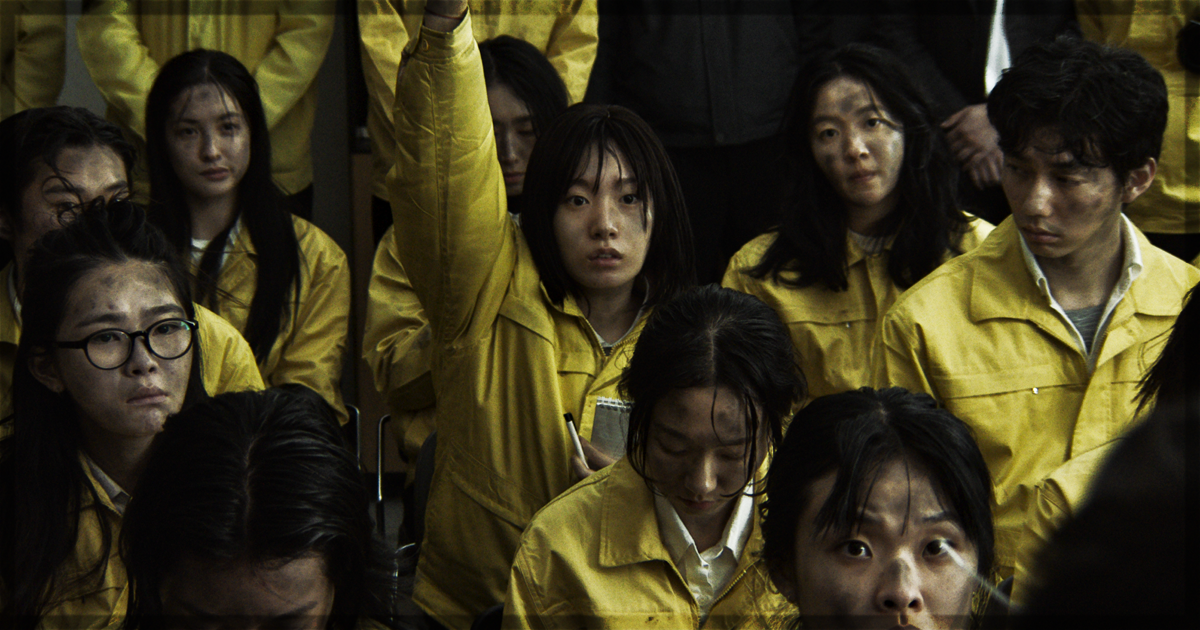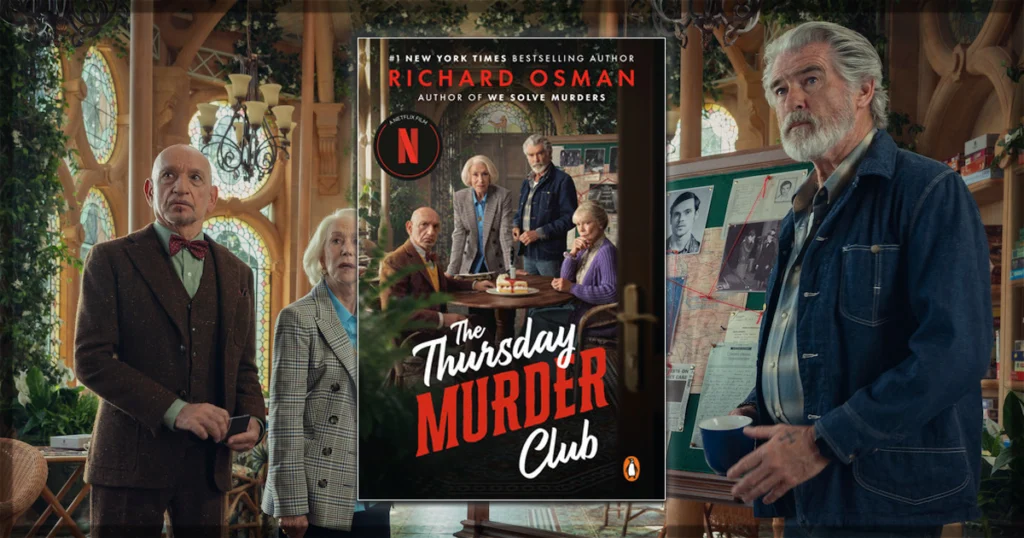The young South Korean filmmaker Syeyoung Park is already very prolific at a youthful age. Since 2020, he has released five feature films: Love (between) Pickle in 2020, The Fifth Thoracic Vertebra in 2022, Base Station in 2024, I’d Like That Corner Seat Over There, and The Fin in 2025. The latest had the most prestigious festival premiere in his career, world premiering at the Locarno Film Festival in the Cineasti del Presente section, the second most important of the event. In The Fin, his latest work, he works with a post-apocalyptic universe, where both Koreas have united because of a nuclear accident. The event created the omegas, creatures contaminated by the chemical discharge, and they developed deformed feet, similar to a fish fin. Hence, the government builds a fortress, where people live to protect themselves from the poisonous sea, and a few volunteers clean the discharges outside the fences.
In this sense, the film introduces itself as a dystopian movie. Those inside the fortress of the United Korea need to protect themselves from chemical threats. Therefore, the film presents an apparent division in its structure: the first part narrates the omega and the societal organization within that nation, and the second part reconnection. Hence, the film has a clear distinction between these two segments, and a tonal shift presents itself between them. The introduction is more atmospheric, providing the universe base to the rest of the film through its conceptualization of the accident and how the monsters behave. In a subsequent scene, a professor teaches about how to identify this predatory species, even joking about one of their friends as one of them. Yet, it is the sole moment of pure humor in the film, the director chooses a paranoid atmosphere in the second half of the film. The manner in which Park portrays it is similar to the reactions to the infected individuals in the recent COVID-19 pandemic, a clear parallel to how the characters behave in this situation. The crisis in the film’s reality reminds us of five years ago, when the world created urgent protocols to isolate and contain the spread of the disease.
Furthermore, the second chapter is not as efficient as the first one. The character by Goh-Woo becomes the focal point of the story, shifting from Mia (Yeji Yeon) and Su-Jin (Kim Pureum), young workers who live in this isolated nation. The Fin becomes a film on the pain of separation between a daughter and her father; despite the specific context of this existence, the film shifts into one about family. However, the fascinating elements are not as present here. The director creates a clashing dynamic between the two characters; consequently, it turns into a dull and uninteresting series of dialogues about the absence of one’s parent, and the impact of the danger of contamination diminishes. Thus, the film loses its central direction from the crude combat with the omegas, the enemies who can murder healthy human beings with their radiation, and the development of a fin.
Finally, the film has a few fascinating elements in its construction, such as the red-ish cinematography by Park, who also wrote, edited, and composed the film. The red appearance implies a bloody and violent world after the nuclear accident, a characteristic visual that lacks polish and features a dirty look. In this sense, the director/cinematographer uses tones of red and orange to emphasize the danger and crudeness in this universe through the particular lack of creativity and color in this bleak world. All of the costumes inside the United Korea are yellow, similar to all of the citizens there. Therefore, the film has potential in how the director uses the colors and manipulates the camera to invent his world. Yet, the constant shifts in the tone and perspective of the characters diminish the grand impact of this universe. It has a depth in the political aspect and imagines an existence where the both Koreas (the Democratic People’s Republic and South) would reunite.
The film is an uneven bag of ideas. Visually, it is fascinating and imaginative, using warmer colors to simulate a post-chemical world. Likewise, it aims to reflect on a situation so urgent that it would unify the Koreas again. Still, the political and visual creativity does not translate to the narrative, which separates into two thoroughly different moments, and does not engage with each other. Yet, Syeyoung Park is a potential, young, and prolific author who just cracked the major festivals with his latest film. Unfortunately, The Fin is not the best showcase for his talents.
The Fin recently played at the Locarno Film Festival.
Learn more about the film at the Locarno site for the title.


